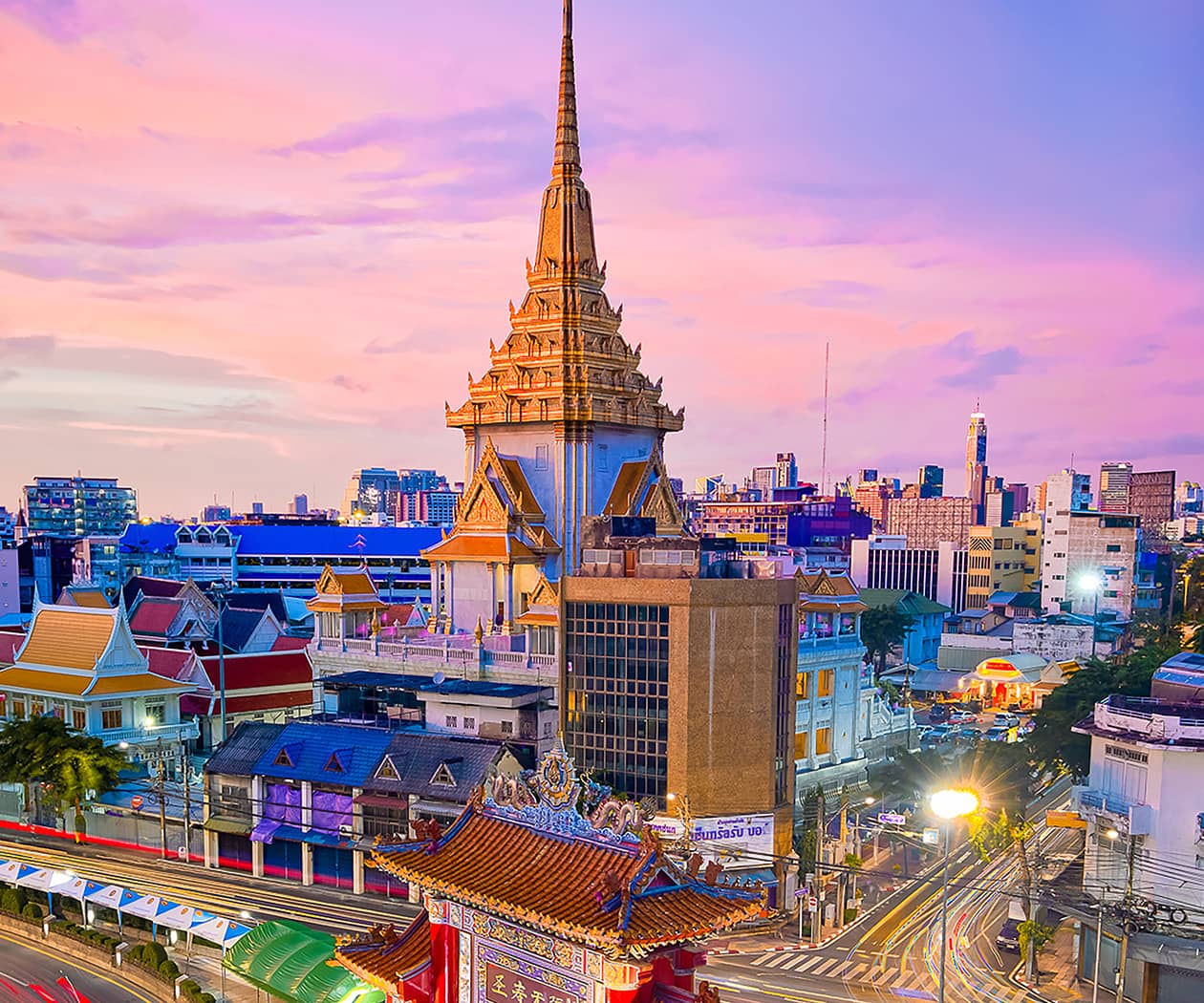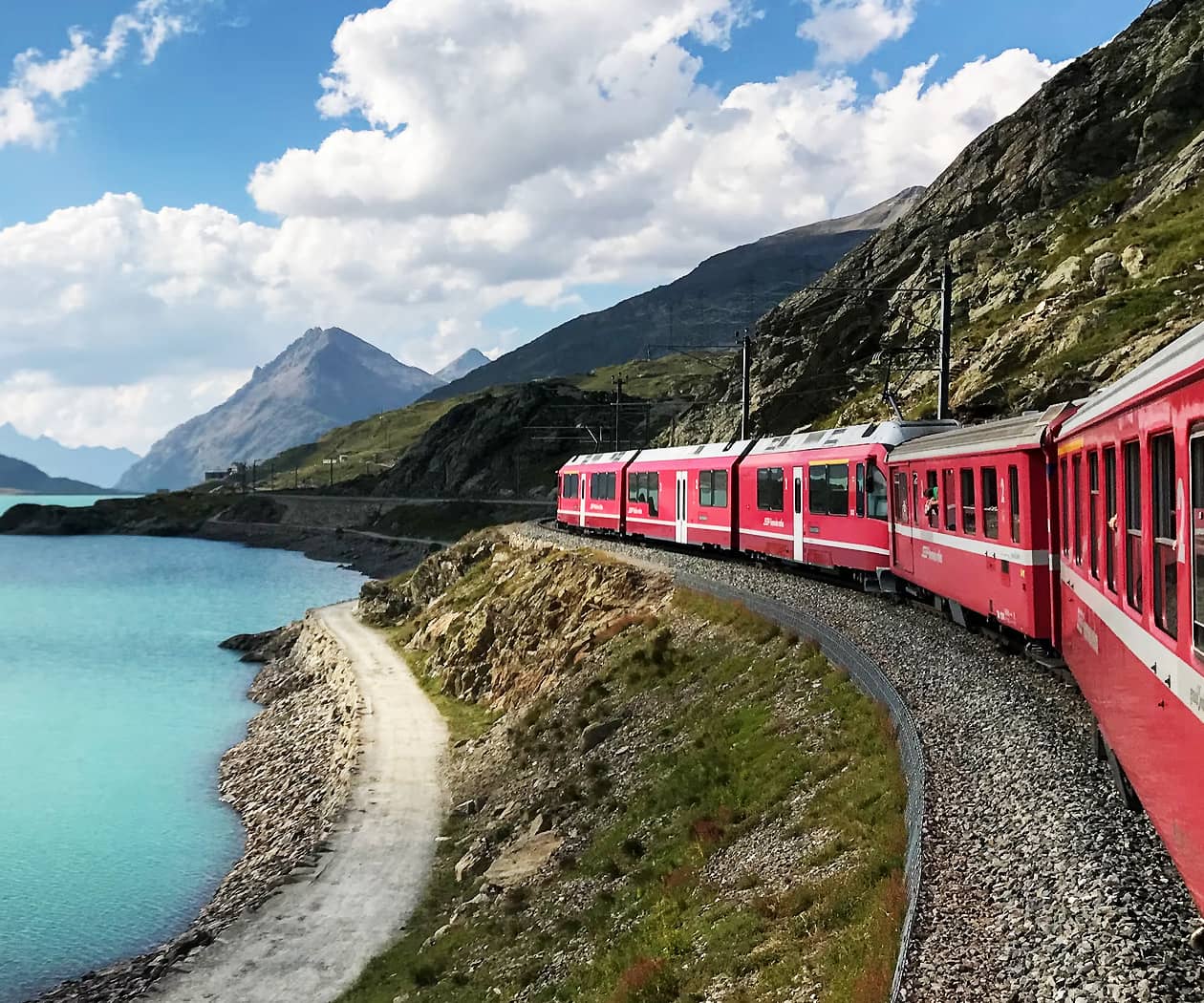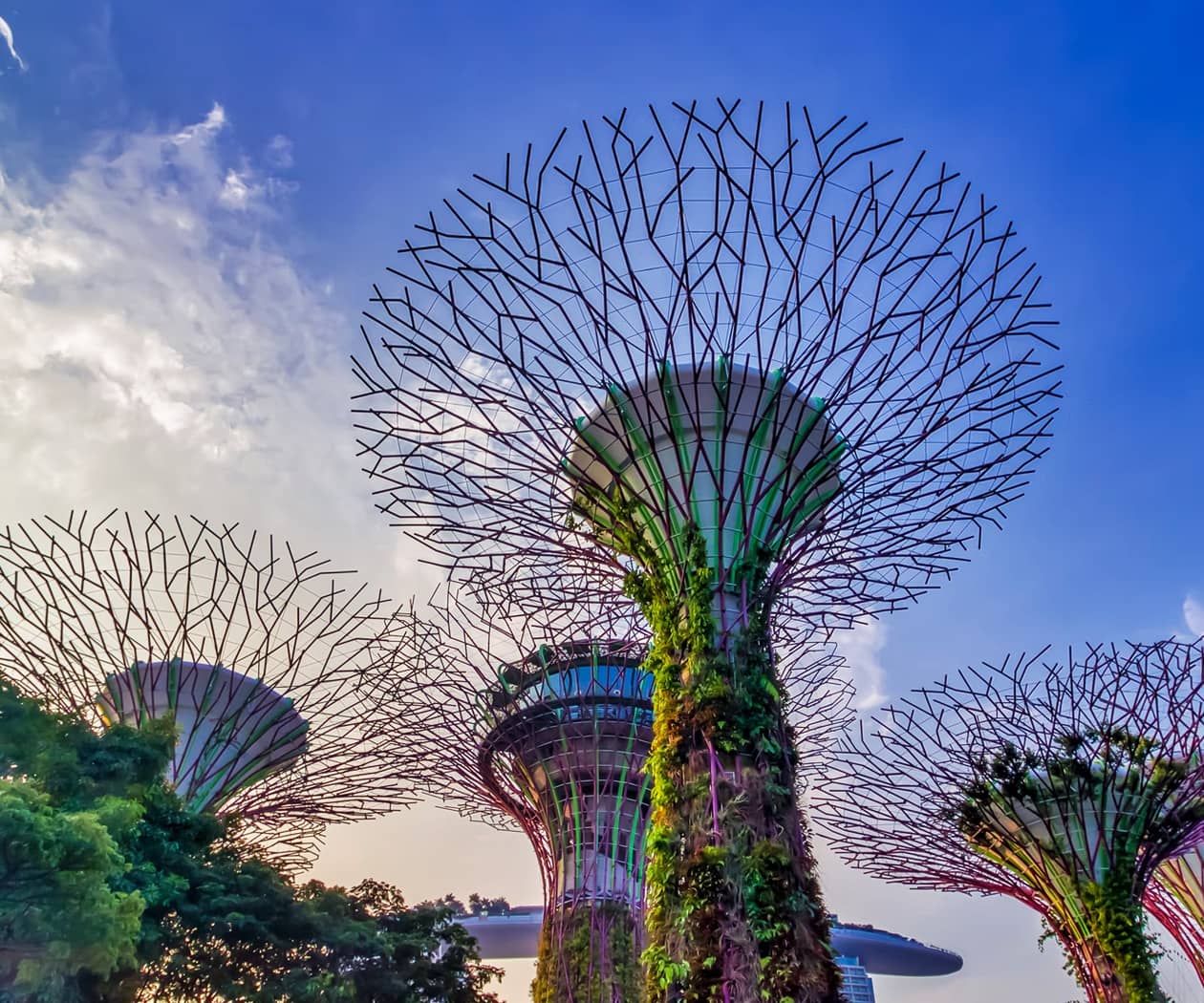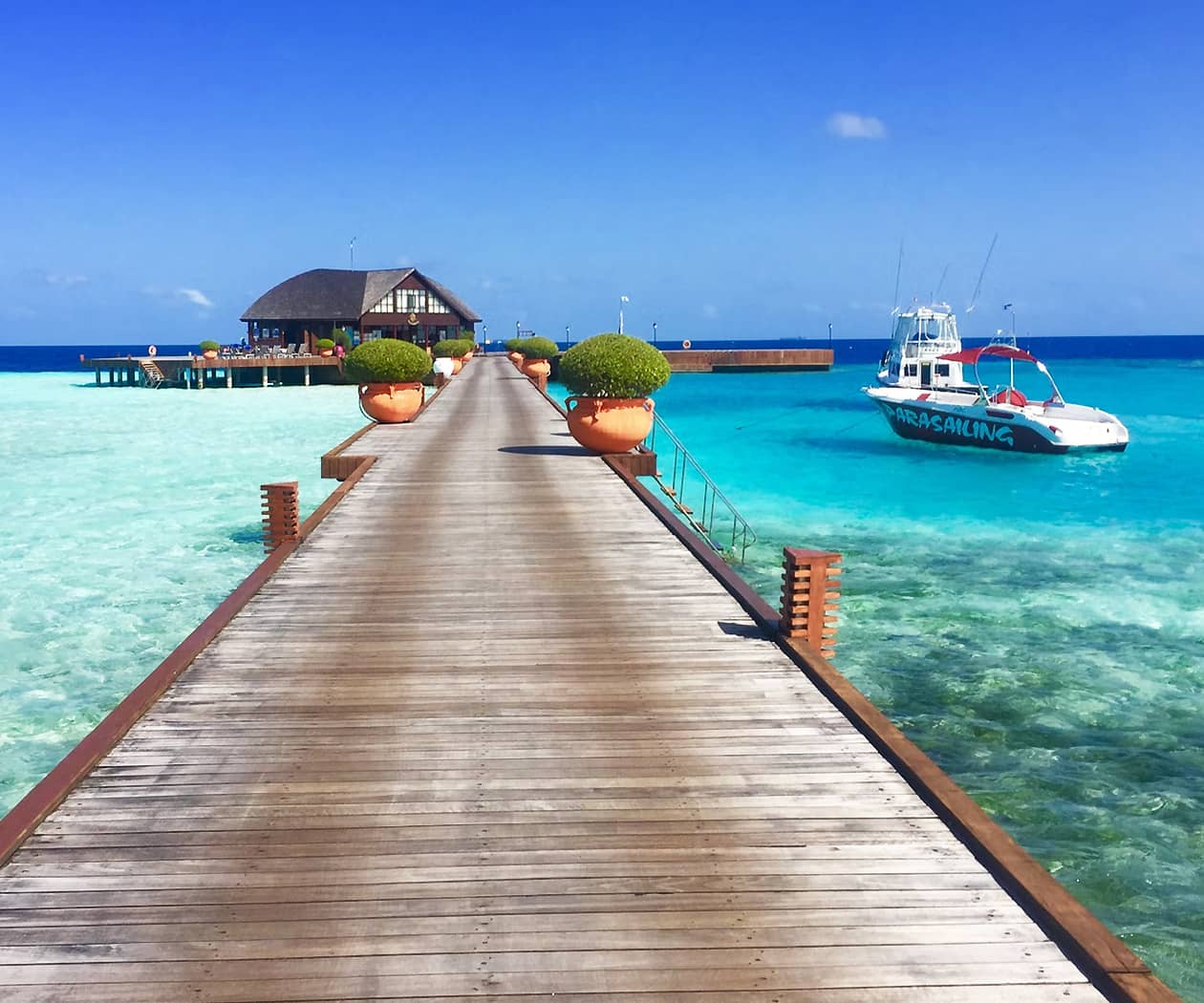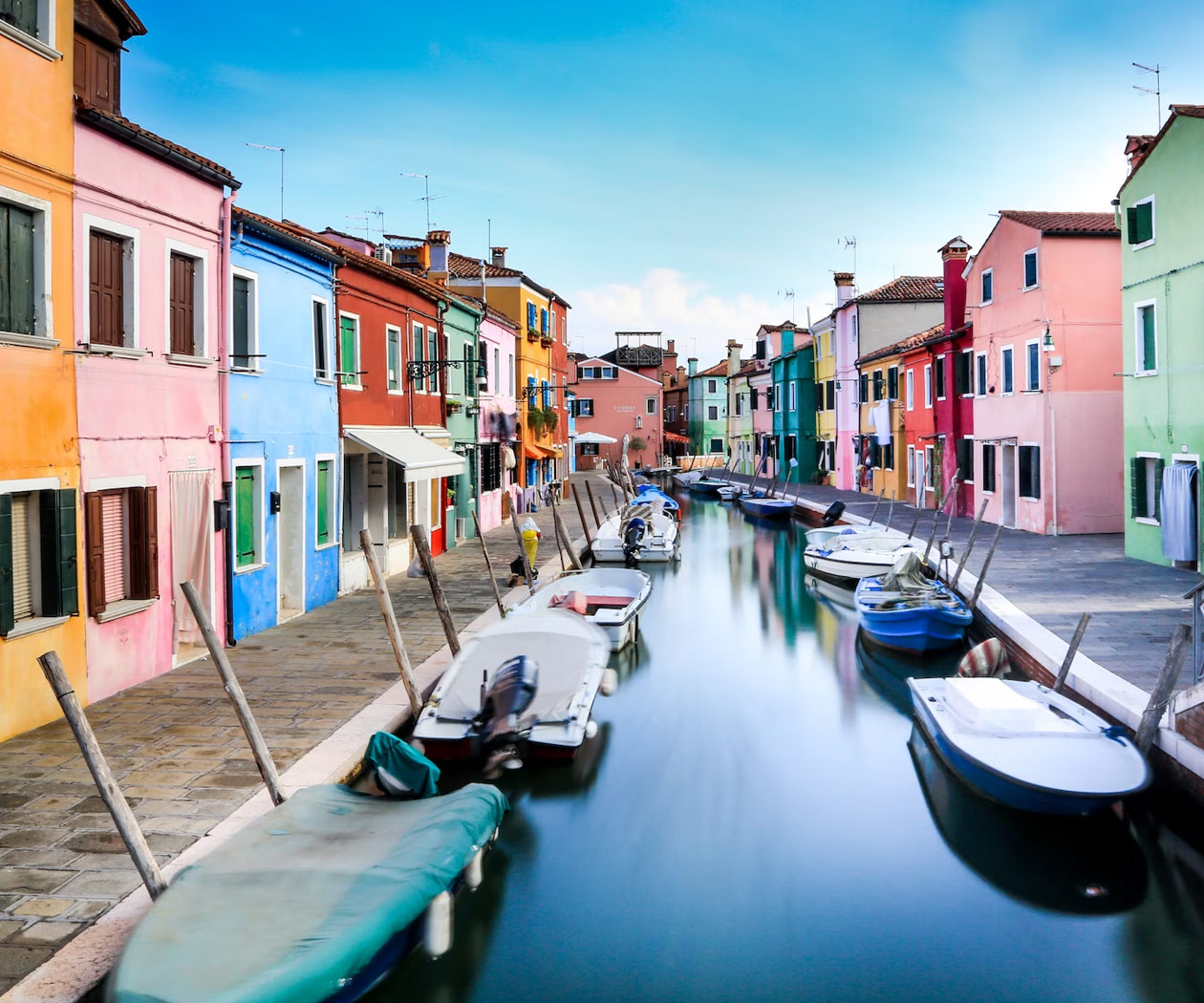David Gareja
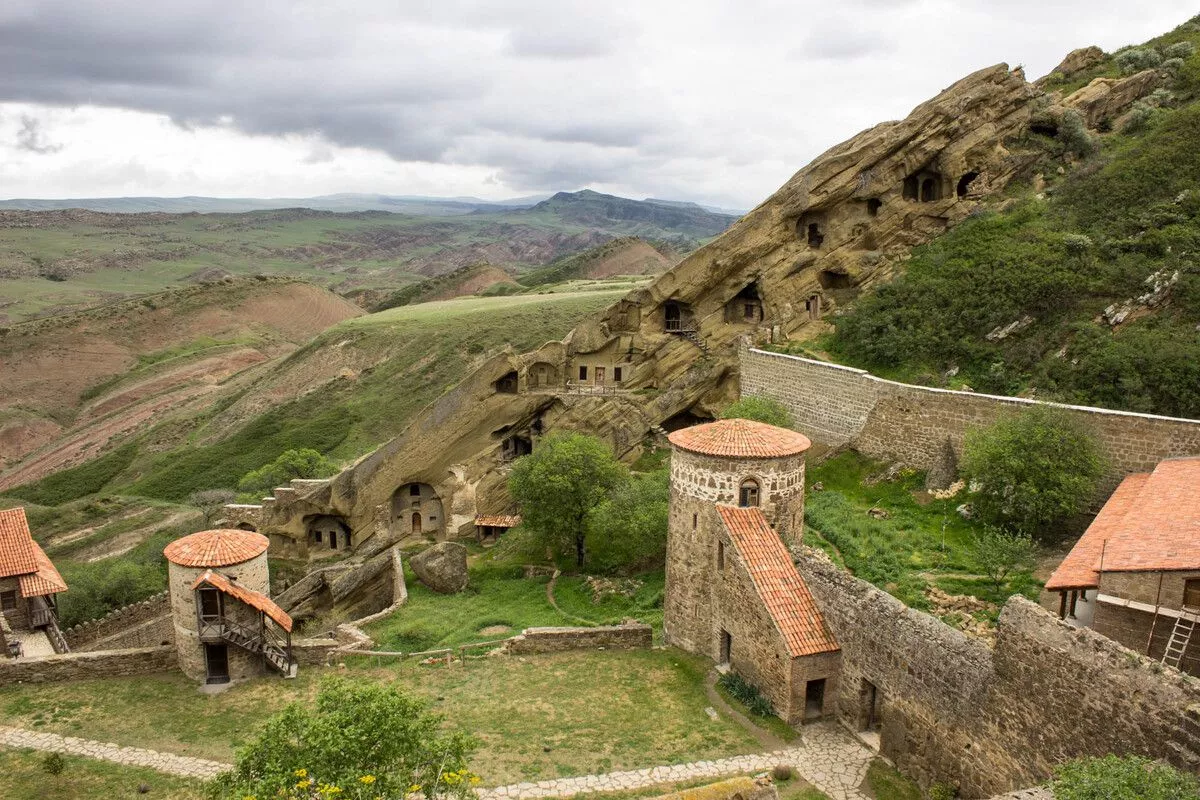
David Gareja desert occupies the southeastern part of East Georgia, with its closest edge at a distance of some 60 km southeast of Tbilisi, the far south of the Katheti region. This is a very specific area with multicolor hillocks, dry gorges, gullies, and small areas of green land with trees and shrubs. This place had been inhabited since the Pre-Christian era, but afterward, humans abandoned it, until the VI c. AD, when one of the 13 Assyrian fathers, St. David, called “Garejeli” choose that area as a place for his hermit. St. David came together with his disciple – Lukian and they settled in a small natural cave. Shortly after this many other hermits joined them so by the times when St. David was still alive three new cuts in the rock save heavens, were established – St. David’s Laura, so-called Dodorka Monastery in the Virgin, founded by one of St. David’s disciple St. Dodo on the horn-shape rock extension and John the Baptist Monastery. The very first church was also constructed here in times when St. David was still alive. One local noble layman, certain Bubakar, converted into orthodoxy and was baptized by ST. David built a small church on the lower terrace of the nowadays Laura, dedicated to one of the greatest Christian miracles – Saint Metamorphoses. After their death, St. David and Lukian were buried in this church.
Both the initial and the very first of subsequent hermit sells were simple in shape and small in size, almost undistinguishable from natural caves. The situation changed in the mid-IX century when the monk very famed both in Georgia and Byzantium, St. Illarion the Georgian (who continued his hermit-try in Thessaloniki where he passed away) was elected the head of the David-Gareji brotherhood. Most importantly, he has extended the initial small church of St. Metamorphoses to its current configuration – a single nave structure with the room attached from the north. Following this initial modification, this church should have been reconstructed several times, the latest of which took place in early XIX c. The prostheses, the entire southern wall, and some other less significant elements are as well of the later times. All consequent builders of the monastery considered this design as a sample to be followed. And truly, all main churches of other save havens of David Gareja are almost identical to or like of this first sample. However, in each particular case features of the main space and northern room may differ to some extent from the original (as in the case of Dodorka X c. church with configuration resembling two-nave construction). Thanks to Illarion the Georgian’s efforts, a new, cut-in rock small complex was constructed on Laura’s territory with pilasters, capitals, etc. This was the outset of the tradition of establishing of that kind of church with strong architectural features as if they were built, not cut in the rock spaces. They were typical in the second half of IX – beginning X cc. A group of so-called” domed” churches is the most interesting among those cut-in rock structures. There are perfect samples of that kind of “domed” churches in the Dodorka and Sabereebi complex and in several other places. Cutting of refectories, several auxiliary rooms, and other spaces in rock could have been s started in the same period. The famous Gareji wall painting school was founded in those times, with numerous first samples performed during its lifespan, interrupted in the school that fells on the turn of IX-X cc are preserved in Dodorka domed church, several temples of Sabereebi complex and other places.
From the late X century, the nature of construction in the monastery alters once again when the ensembles gain complexity and their diversity increased. In parallel to this process, less attention is paid to tidiness and clarity of cut. The main temples of “Udabno Monastery” of the first half of XI c., or of John Baptist shelter of XI c., and of so-called “Bertubani” ensemble of XIII c. are all unsettled and inaccurate from an architectural point. The only exclusion from this “flow” is a relatively large single-nave church of John the Evangelist of the turn of XII-XIII cc. , located on the upper terrace of the Laura monastery. It seems that in this period main religious, expressive and artistic stress is focused on wall painting. The best of its samples are represented in the above-mentioned main churches of the monastery complexese coupled with wall paintings of “Udabno” and “Bertubani” monastery refectories. Several other minor constructions have been adorned with wall, painting as well, for instance – minor churches (Ascension and Annunciation XIII-century churches of the Udabno monastery), hermit sells and small chapels (lots of samples of XI-XII cc. wall painting can be found in Udabno and John Baptist Monasteries). Apart of elaboration of highly original way of delivery of canonic religious scenes and use of paints obtained from local clay layers – the main culprits in achieving absolute exclusivity of colors, artists of Gareji have invented a new style of iconography as well in particular, the rule of expressing of almost all important moments of St. David Garejelli’s life was invented and followed here that is the most noticeable at Udabno main church and Bertubani refectory. The solid tradition of painting of all church building donors has been established in Gareji as well – frescoes of the suzerains of Kakheti and Kings of Georgia that ruled the country in XII c. namely of David IV the Builder, Demetre I, George III and perhaps of Queen Tamar with the Prince- Consort and the Crown –Prince can be seen in the main temple of Udabno monastery, coupled with the portraits of Queen Tamar and her son – King Giorgi IV Lasha in the main temples of St. John the Baptist and Bertubani monasteries. Portrait of Demetre II Devoted, performed in the end of XIII c. can be seen in Annunciation church of Udabno monastery. The period from X to XIII century is the peak of the monastic activities at Gareji, with at least 12 active monasteries within the area. Turn of XIII-XIV cc. is the beginning of sufferings descended upon this safe heaven. From that period onwards gradual abandonment of the monasteries had been taking place. Udabno and Bertubani complexes were closed as a result. Final devastation of Gareji took place in 1616, after the invasion of Persians led by Shah Abbas I. Several attempts of Georgian kings towards possible restoration of the monastery all vent in vane, until the very end of XVII century, when in 1690 the monk Onopre Machutadze was granted the position of the head of the monastery. St. David’s Laura, St. John the Baptist and Dodorka monasteries were restored at that time. Development and restoration activities certainly with various intensity had been in progress till the very beginning of XIX c. For instance defective walls of the Laura and of John the Baptist monasteries were refurbished in 1695, a bell-tower of John the Baptist church was erected in the beginning of the XIX c. etc.
Particularly many hermit sells in all of the three above mentioned monasteries were either built or restored in this period. Many of them were adorned with fretwork performed on the calcium gypsum surface; in some cases the ornamentation was performed on the by means of mirror incrustation. Many of them were damaged or perished in XX century as was the decoration of King Giorgi XII’s (II-nd half of the XVIIIc.) room in the Laura. The special Gareji – type low iconostases were invented here as well, made of calcium gypsum and adorned with frescoes (unfortunately all of them are in bad repair, with only small section preserved till now). Partially survived adoration of the same type can be seen in King Alexander ‘s tower located on the upper terrace of the Laura. It should be mentioned, that since the very moment of its restoration in the final decade of XVII century, Gareji Monastery had become and till the last days of independent Georgian Kingdom remained the most influential centre of Georgian spiritual literature and education. All of the patriarchs and patriarchs of Kartli, many high rang clericals, theologians and canonists previously were members of Gareji community. Despite uninterrupted attempts of Georgian Kings towards reanimation of David Gareja , its full scale restoration has never been achieved. Moreover, the Dodorka monastery was repeatedly annulled in the second half of XVIII century. The rest of the monasteries kept their activities through XIX century however with gradually decaying significance both for the country and the church. In 1919, in the chaos followed after the revolution, David Gareja has been absolutely abandoned until the early 1990-ies, when the new community of hermits re-appeared in the monastery.
We visit David Gareja monastery in our one day tour from Tbilisi to David Gareja.



